Rent control is the government’s way of trying to keep rent affordable by limiting the amount a property owner can legally charge renters. Rent control laws keep housing attainable for renters with lower incomes. According to the National Apartment Association (NAA), only a few states in the U.S. have laws for rent control, while 33 states have laws against rent control. In this article, we explore:
- What does rent control mean?
- Where can I find a rent-controlled apartment?
- The pros and cons of rent control
- How to find a rent-controlled apartment
What Does Rent Control Mean?
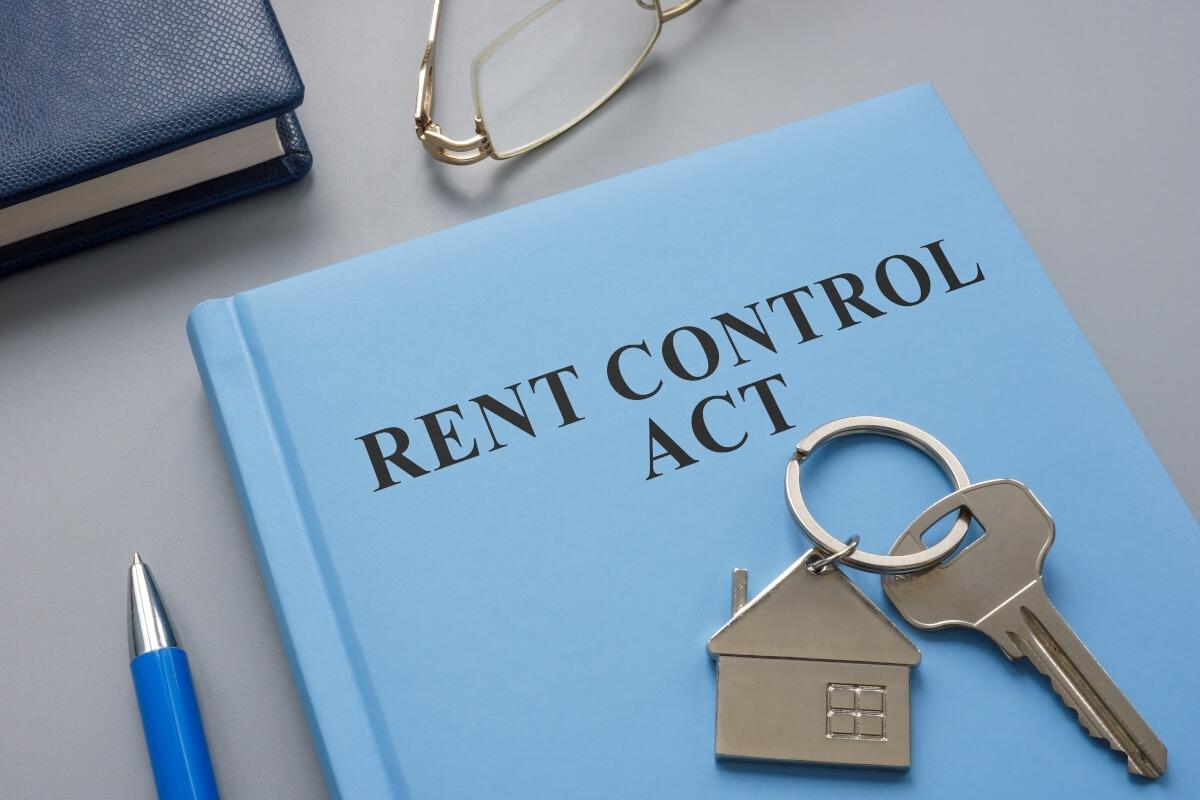
Rent control is a set of laws and regulations that makes it so landlords can only increase rent by a fixed amount (usually a percentage), decided by a municipality or board. Rent control in the United States has a long and controversial history. Today, rent control is offered in only a few U.S. cities and states.
The concept of rent control is enticing to many renters since it helps keep rent affordable in areas where rent is typically higher than the national average. Rent control can seem overwhelming with the number of rules and laws surrounding it so let’s break it down.
Rent control vs. rent stabilization
While rent control and rent stabilization are technically two different concepts, many people use the term interchangeably. Rent control is commonly used as an umbrella term that covers everything related to the subject. Rent stabilization refers to regulating the increases in rent each year while rent control mandates that rent stay the same amount, with a few exceptions.
Where Can I Find a Rent-Controlled Apartment?
Before you start your search, make sure your area offers rent control. Presently, 33 states have laws prohibiting or preempting rent control, while nine states allow rent control at the state or local level. The nine states that allow rent control are:
The NAA reports that rent control policies can be found in 305 local governments across the U.S. as of 2024. Rent control is most common in cities where there are more renters than rentals. Each of these cities has their own set of rules that is usually enforced by a municipality.
New York rent control laws
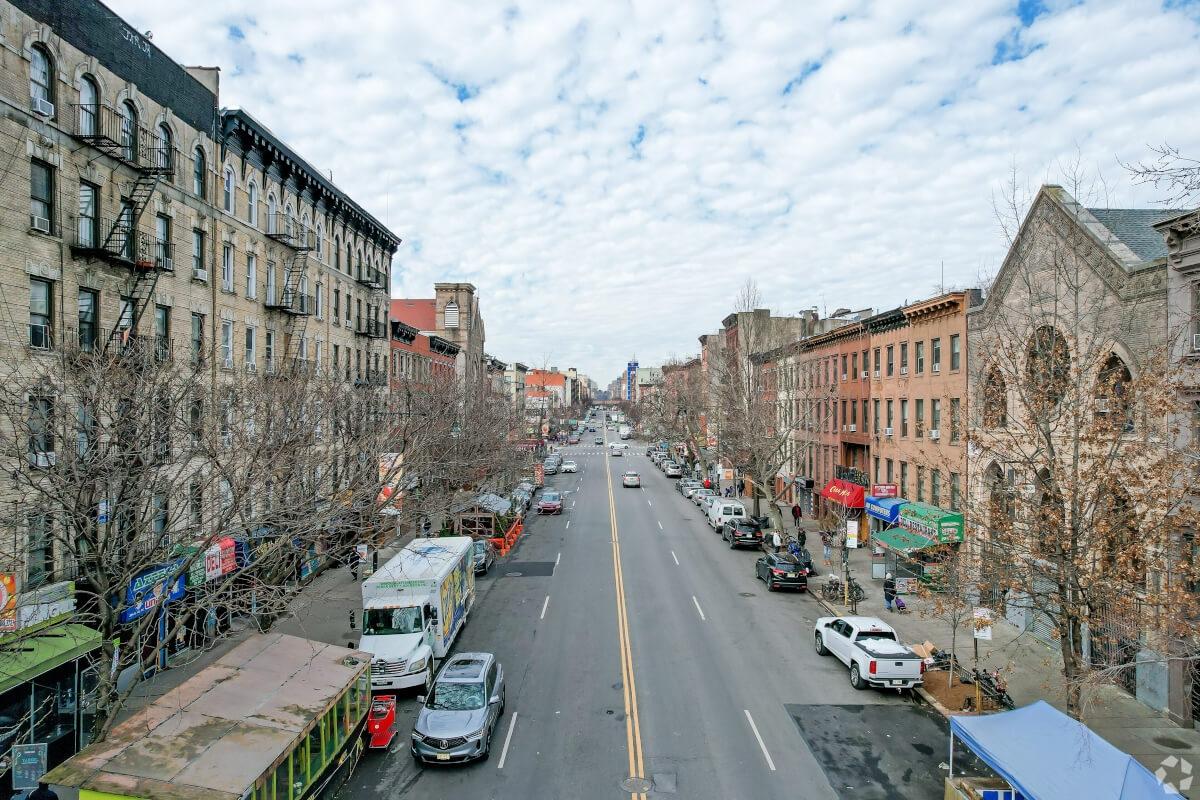
New York rent control apartments can be either single units or entire buildings, and they fall under two terms: rent control or rent stabilization. Rent-controlled apartments must:
- Be constructed before February 1, 1947
- Contain six or more units
- Have tenants who lived in the property before July 1, 1971, without breaking their lease
The only way to a rent-controlled New York apartment today would be if the unit were passed down to you by a family member leasing the unit, and you had been living in the unit for at least two years prior to the family member’s death.
Rent-stabilized apartments are a bit more common but still have intricate rules. To qualify they must meet certain criteria:
- Must be constructed between February 1, 1947, and December 31, 1973
- Contain six or more units
- Not a co-op or condo
Rent can rise a certain percentage each year which is decided by the NYC Rent Guidelines Board each year. After October 1, 2024 through September 30, 2025, the Board’s current guidelines are:
- One-year lease: 2.75 percent rent increase
- Two-year lease: 5.25 percent rent increase
While you must inherit a rent-controlled apartment, rent-stabilized units are common throughout the five boroughs of New York. The New York City Rent Guidelines Board’s website outlines ways to find buildings that have rent-stabilized units.
When you’re researching rent stabilization and rent control in New York, you may come across preferential rent. This is another form of rent regulation that helps renters find affordable housing.
New Jersey rent control laws
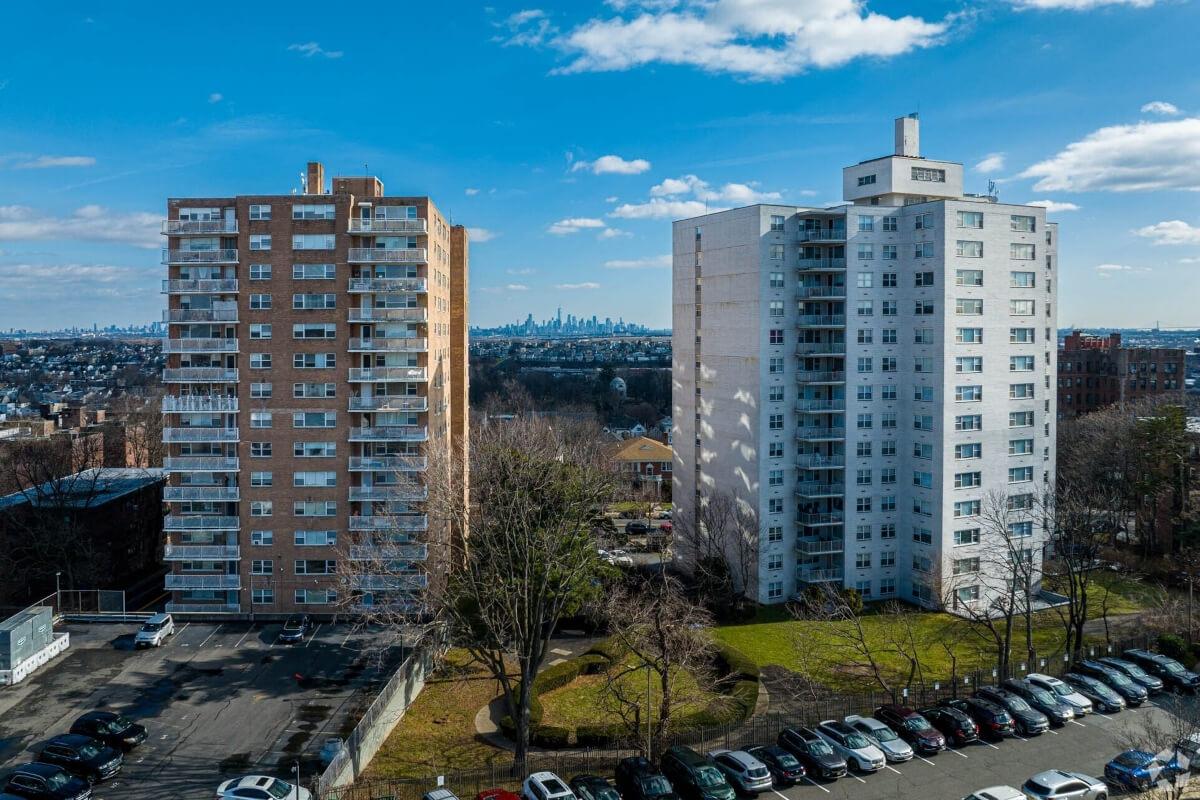
In New Jersey, there is no state law requiring or prohibiting rent control, so municipalities have the option to enact their own laws. Many municipalities in New Jersey have rent control laws, including Jersey City, Newark, Paterson, and East Orange. For example:
- Newark: annual increase is at most four percent or depends on the consumer price index (CPI).
- Elizabeth: annual increases can go up 3 percent.
- Jersey City: landlords can’t raise rent more than 4 percent or what the amount is based on the CPI.
Check to see if your area has rent control laws and what they are as each municipality handles it differently. Many municipalities share common regulations, such as rent control laws typically applying to apartment buildings with three or more units. Because of this, single-family homes might not be covered by these laws. Annual increases generally cap out at three to four percent or are dependent on the CPI.
California rent control laws
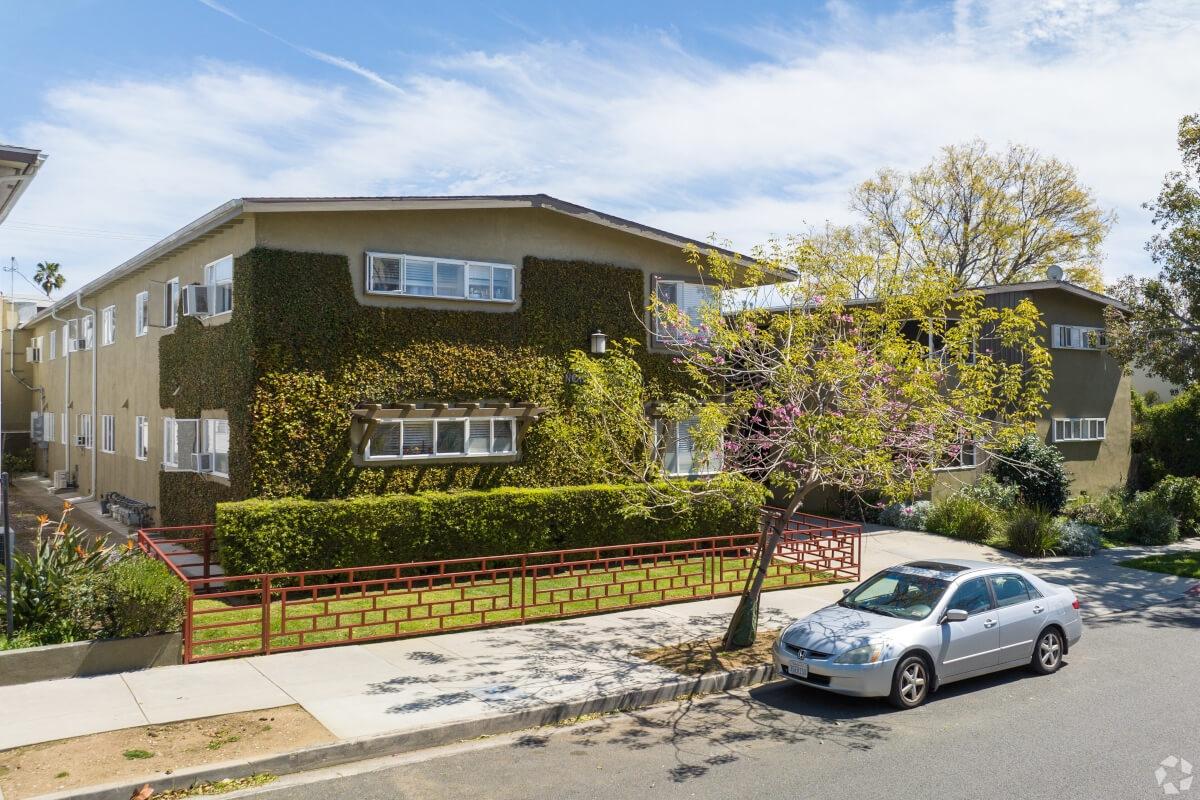
California has a patchwork history of rent control because certain cities have had rent control laws since the 1970s. On January 1, 2020, California implemented rent control, known as the Tenant Protection Act of 2019, across the entire state. The laws for areas that already had rent control, like Santa Monica, West Hollywood, and Beverly Hills, will not be overridden, but the new law covers places and units that didn’t have rent control laws.
Now, the statewide limit for rent increases in California is five percent plus the percentage change in the cost of living or 10 percent, whichever is lower. Local rent control laws take precedence over the statewide limit, potentially limiting the annual rent increase more. This applies to all residential rental units, with exceptions such as single-family homes owned by individuals. However, the law does apply to single-family homes owned by corporations or real estate investment trusts. Additionally, units covered by more protective local rent control laws are also exempt.
Maryland rent control laws
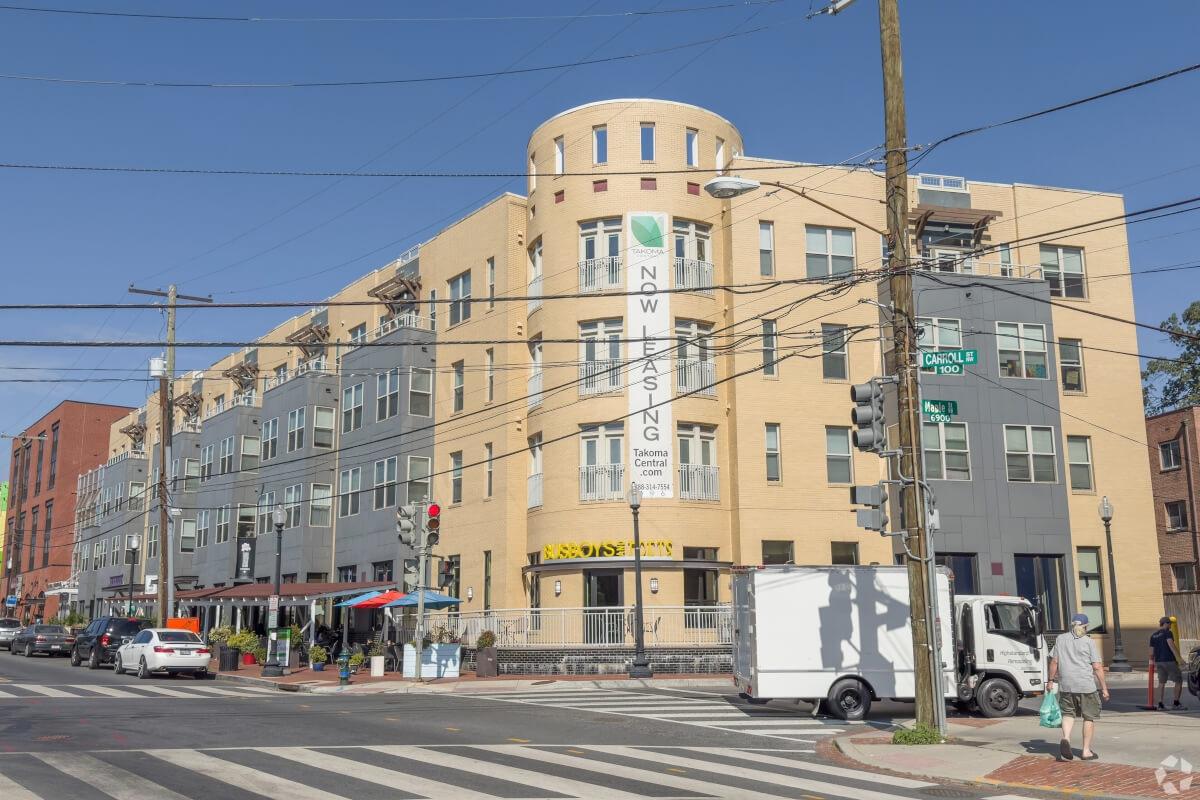
Montgomery County and Takoma Park are the only areas in Maryland that offer rent control. In Takoma Park, the rent cap is 2.4 percent, effective July 1, 2025 through June 30, 2026, Rent control laws in Takoma Park don’t apply to single family homes, accessory apartments or duplexes where one of the units is occupied by the owner as its primary residence.
There are a couple of exemptions such as landlords who have tenants that get rental assistance and provide affordable housing. Landlords can also apply for larger rent increases if they can prove that the rental facility can’t be maintained due to escalating operating expenses. A two-months’ notice must be given to the renter before rent increases.
The rent increase cap is set at 5.7 percent in Montgomery County, effective July 1, 2025. The Rent Stabliziation Law went into effect on July 23, 2024, and applies to all rentals built 2002 or earlier (except for exemptions). The rent increase allowance is based on the CPI plus three percent or a flat six percent, whichever is lower.
Washington, D.C. rent control laws
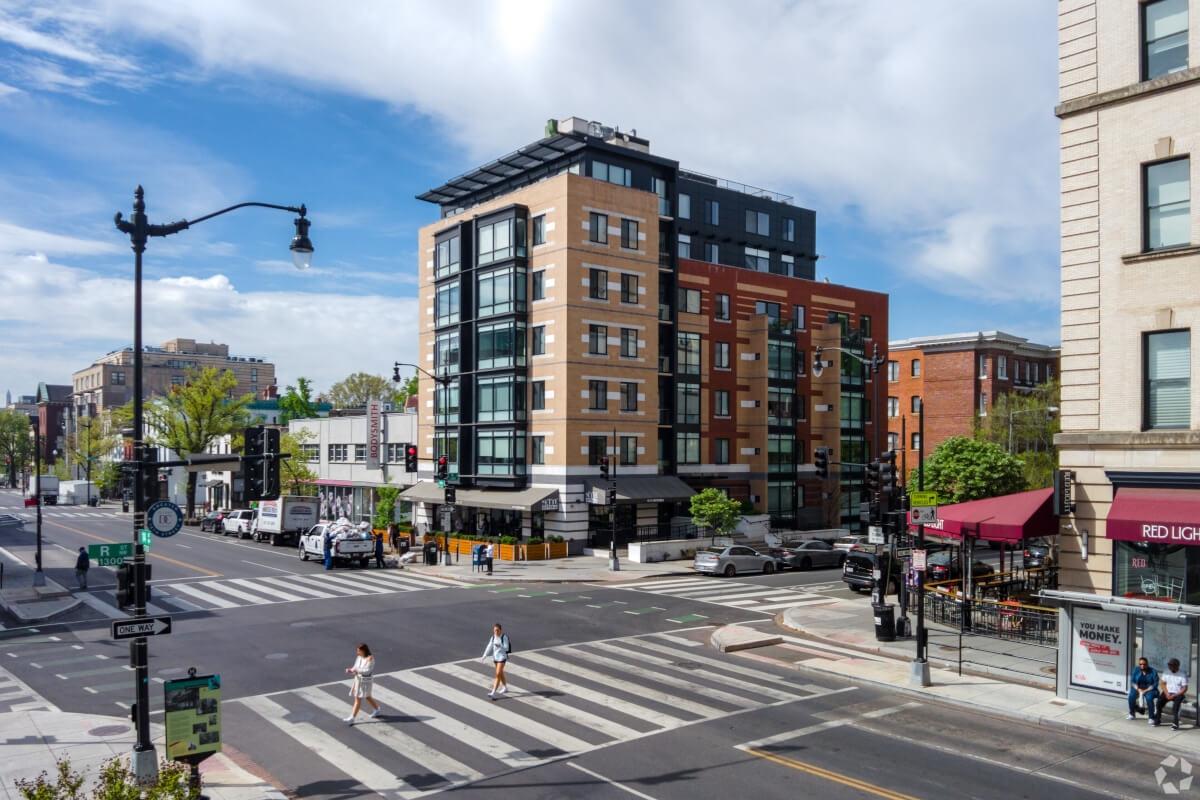
Rent control in Washington, D.C. is governed by the Rental Housing Act of 1985. Annual rent increases depend heavily on the increase in the Consumer Price Index (CPI). It is usually the CPI percentage change plus two percent but cannot go over 10 percent. For elderly renters or renters with a disability, the maximum increase is the CPI percentage or the Cost of Living Adjustment and can’t be more than five percent. Exemptions from rent control laws include:
- Federally or district-subsidized units
- Units built after 1975
- Units owned by an individual (not a corporation) who owns four or less units in Washington, D.C.
- Vacant units when the law took effect
There are other allowable increases that landlords can file for such as hardship and capital improvements. To protect renters, landlords must follow the outline procedures in the law with steps such as a petition or getting a Rent Administrator’s counsel. Renters can choose to be involved so that they aren’t left out or taken by surprise.
Oregon rent control laws

In March 2019, Oregon became the first state to adopt statewide rent control with the Oregon Rental Housing Stability Act. The law restricts annual rent increases to no more than seven percent plus the increase in the consumer price index or a 10 percent increase, whichever is lower. The amount will be published by September 30th each year.
Rent control laws regarding the process that landlords must follow for rent increases and whether they can do so or not further enhance renter’s rights. Landlords cannot increase the rent if:
- It is the first year after the tenancy started
- Without giving the renter a 90 days’ notice before the effective rent increase date
- Rent has already been increased in a 12-month period
Washington rent control laws

In May 2025, Washington passed a law that created limits on rent increases. It caps rent increases to seven percent plus inflation or 10 percent each year, whichever is lower. The cap will be calculated each June. This law applies to apartments as well as single-family homes, though the maximum that rent can be increased for manufactured homes is five percent.
Minnesota rent control laws
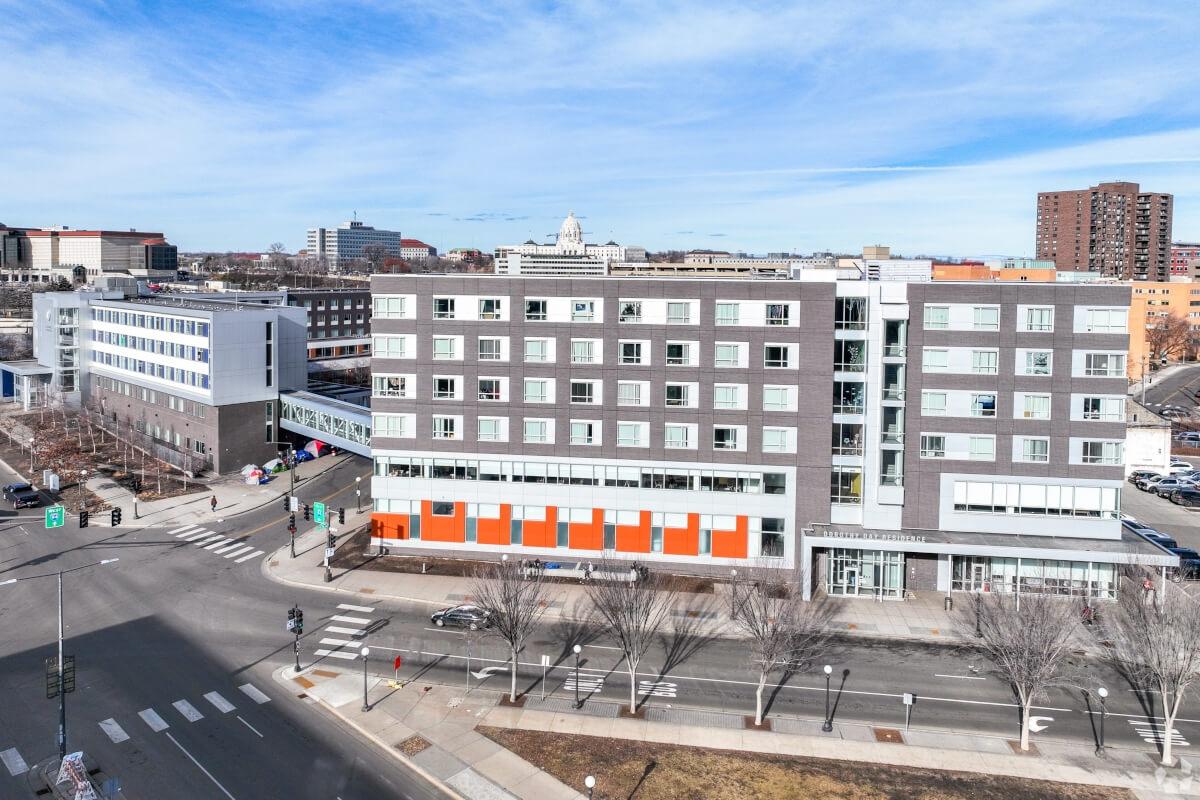
Minnesota allows local governments to establish their own rent control laws, and it has only been done so in Saint Paul (but Minneapolis is working towards it). The Rent Stabilization Ordinance in Saint Paul allows for a rent increase of no more than 3 percent every 12 months.
In May 2025, the Saint Paul City Council voted to permanently exempt new construction and rentals constructed after 2004 from rent control laws. Previously the rent control laws applied to all units, regardless of when they were built.
Maine rent control laws
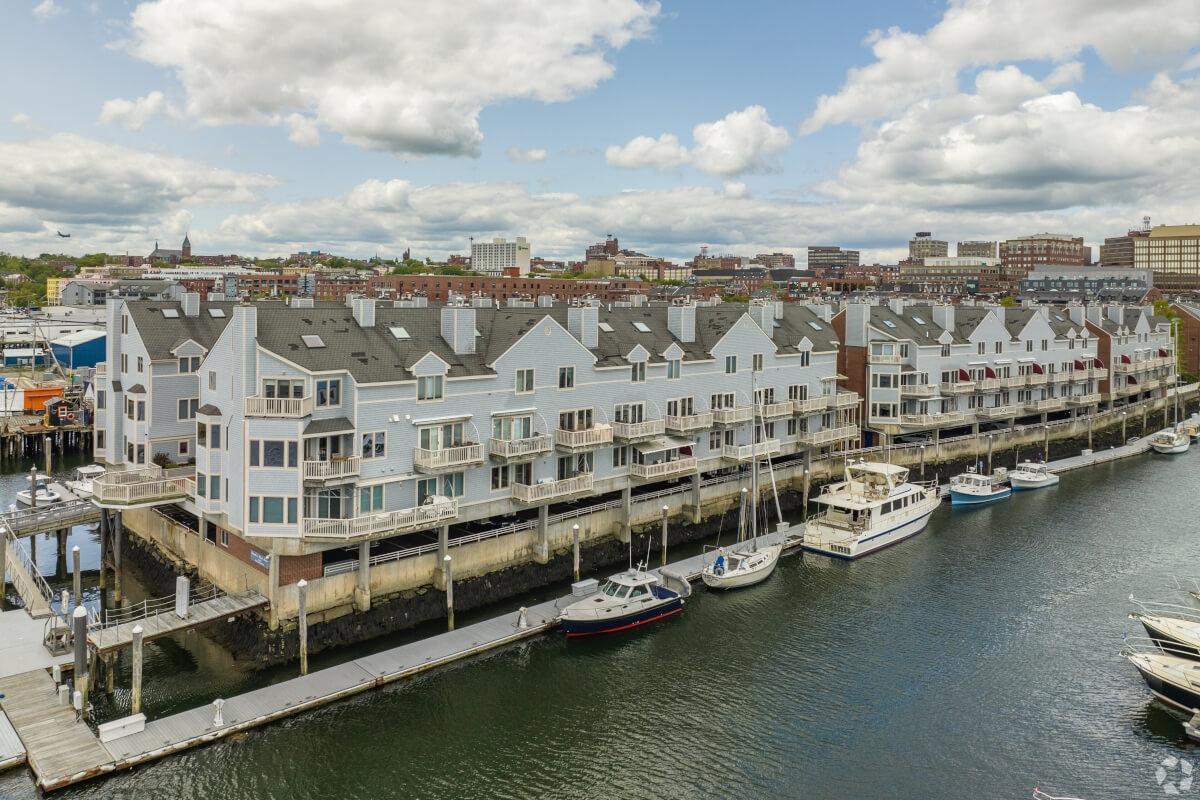
Miane has local rent control laws in Portland and South Portland but no statewide laws. South Portland allows for annual rent increases of up to 10 percent. Landlords must provide a 90 days’ notice of rent increase to tenants as well as providing written information about the rent control laws in South Portland. Rent control does not apply to specific units such as those with less than 16 units.
The Rent Control Ordinance went into effect January 1, 2021, in Portland. Rent increases are based on the percentage change in the CPI for the last twelve months. As of 2025, the percentage increase is 2.5 percent. It also provides additional protections for renters such as a notice of rent increase 90 days before it goes the new rate goes into effect. While the ordinance applies to all rental units (including short-term ones), there are certain exemptions.
The Pros and Cons of Rent Control
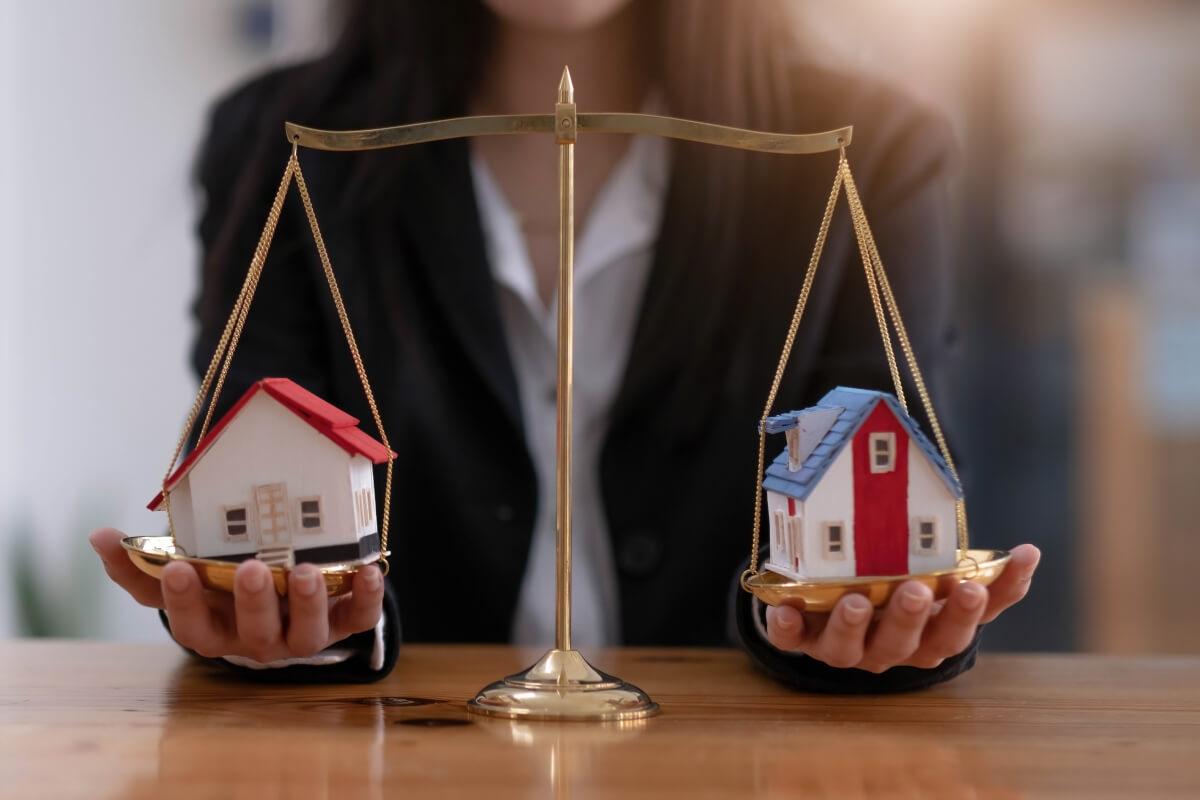
If you’re on the fence about rent-controlled apartments, it’s important to weigh the pros and cons. The best, and most obvious advantage of rent control, is that you won’t have to worry about having to move because of rent surges year after year. Another big pro is, when it’s enforced correctly, rent control allows families and individuals with fixed or low incomes to be able to live without fear of being driven out of their area due to rising costs.
Before making a commitment to a rent-controlled apartment, be sure that you’re going to remain in this area for a while so you can get the most out of it. A disadvantage of rent control is that units are difficult to obtain, so you’ll want to make sure you’re staying in the area for a while to make the search worth your effort.
Besides rent-controlled apartments being hard to get, rent control itself is not widely available across the U.S. So, you might not even be able to get a rent-controlled apartment where you live as many states prohibit rent control. Also keep in mind that these apartments are usually older and might not have all the bells and whistles of newly built apartments.
How to Find a Rent-Controlled Apartment
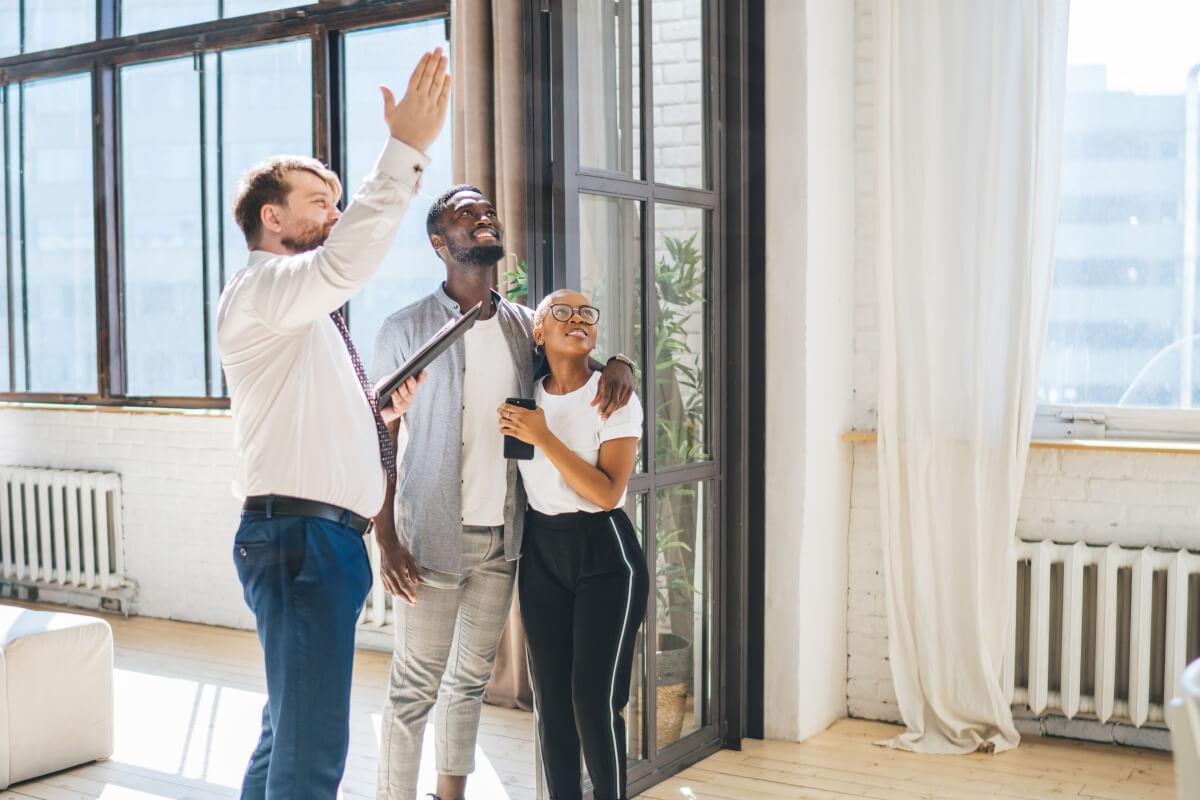
The first step to finding a rent-controlled apartment is seeing if your area has rent control laws or moving somewhere that does. Either look on your city’s official website, your state’s website, or the U.S. Department of Housing and Urban Development to get information about local rent control.
City and state websites will direct you to resources to find rent-controlled apartments. Or you can go onto an online rental marketplace, like Apartments.com, and enter specific keywords such as:
- Rent-stabilized
- Rent control
- Rent-controlled
- Rent regulated
This article was originally published on April 2, 2021.
FAQs
Can landlords evict renters in rent-controlled apartments?
You can be evicted by your landlord as long as they follow eviction and housing laws. Rent control laws might add additional stipulations and procedures to protect renters being evicted such as proper notice.
How do I stay up to date with local rent control laws?
You can stay up to date with rent control laws by keeping up with local news and official city and state government sources.






